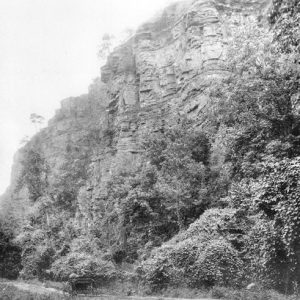 Big Rock
Big Rock
Entry Category: Land and Resources - Starting with B
 Big Rock
Big Rock
Big Rock
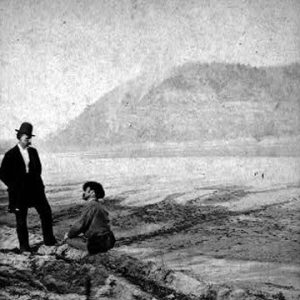 Big Rock
Big Rock
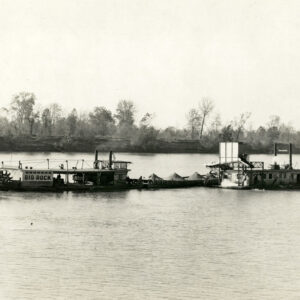 Big Rock Quarry
Big Rock Quarry
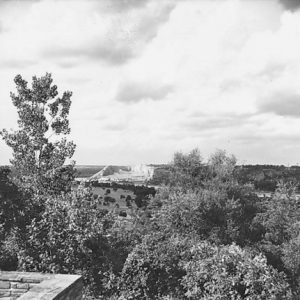 Big Rock Quarry
Big Rock Quarry
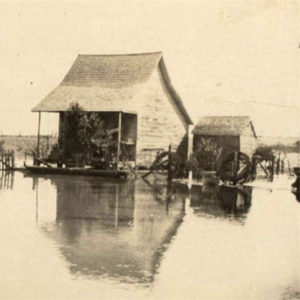 Biggers Flood
Biggers Flood
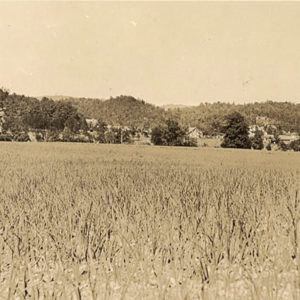 Biggs Onion Farm
Biggs Onion Farm
Bioregionalism
aka: Ozark Area Community Congress
Black Fork Mountain Wilderness
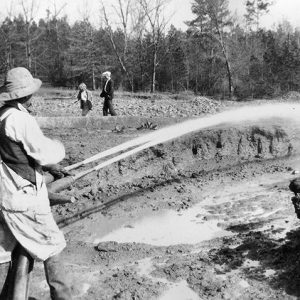 Black Gumbo Sluicing
Black Gumbo Sluicing
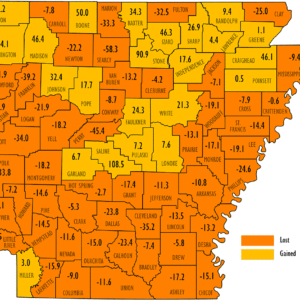 Black Population Change 2020
Black Population Change 2020
Black River
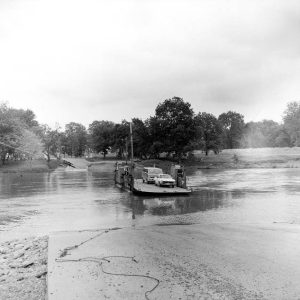 Black River Ferry
Black River Ferry
Blaisdell, Frances Lillian (F.L.)
Blanchard Springs Caverns
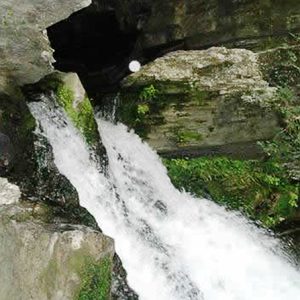 Blanchard Springs Discharge
Blanchard Springs Discharge
 Blevins Tornado, 1921
Blevins Tornado, 1921
Blue Mountain Dam and Lake
 Blues Highway
Blues Highway
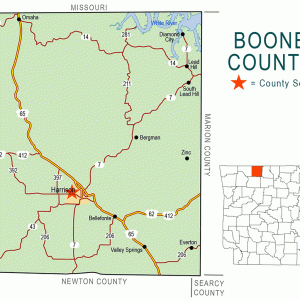 Boone County Map
Boone County Map
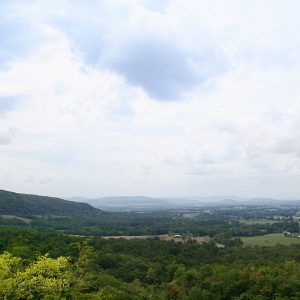 Boston Mountains
Boston Mountains
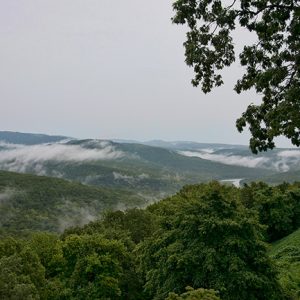 Boston Mountains
Boston Mountains
Boston Mountains
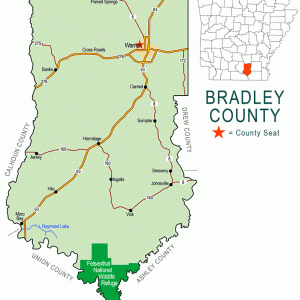 Bradley County Map
Bradley County Map
 Bradley Pink Tomato
Bradley Pink Tomato
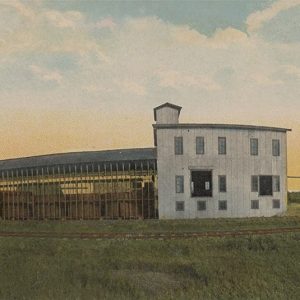 Brandy Distillery
Brandy Distillery
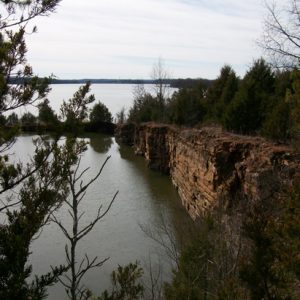 Brewer Lake
Brewer Lake
Buffalo Island
Buffalo National River
aka: Buffalo River
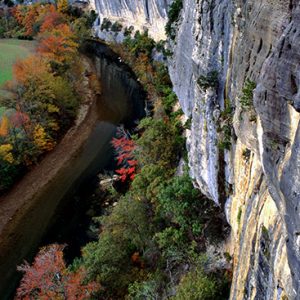 Buffalo River
Buffalo River
 Buffalo River at Gilbert
Buffalo River at Gilbert
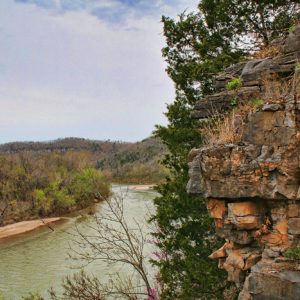 Buffalo River
Buffalo River
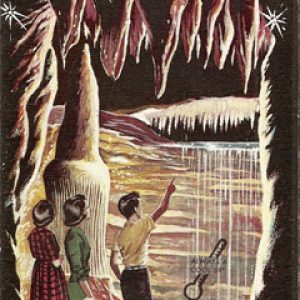 Bull Shoals Caverns Brochure
Bull Shoals Caverns Brochure
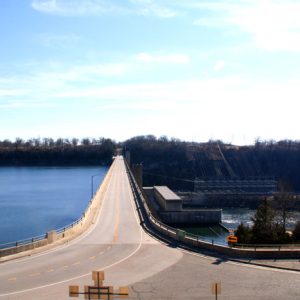 Bull Shoals Dam
Bull Shoals Dam
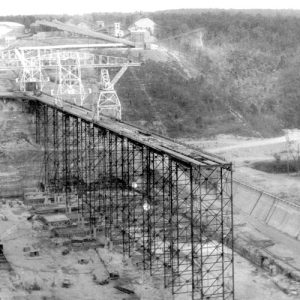 Bull Shoals Dam
Bull Shoals Dam
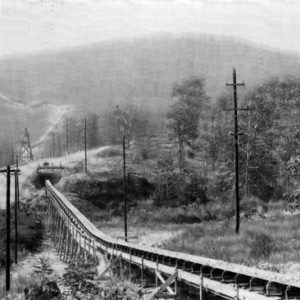 Bull Shoals Dam Conveyer Belt
Bull Shoals Dam Conveyer Belt
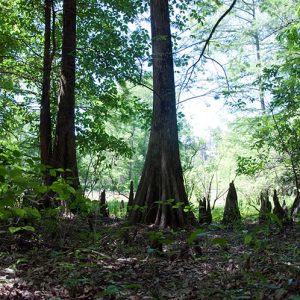 Byrd Lake Natural Area
Byrd Lake Natural Area




